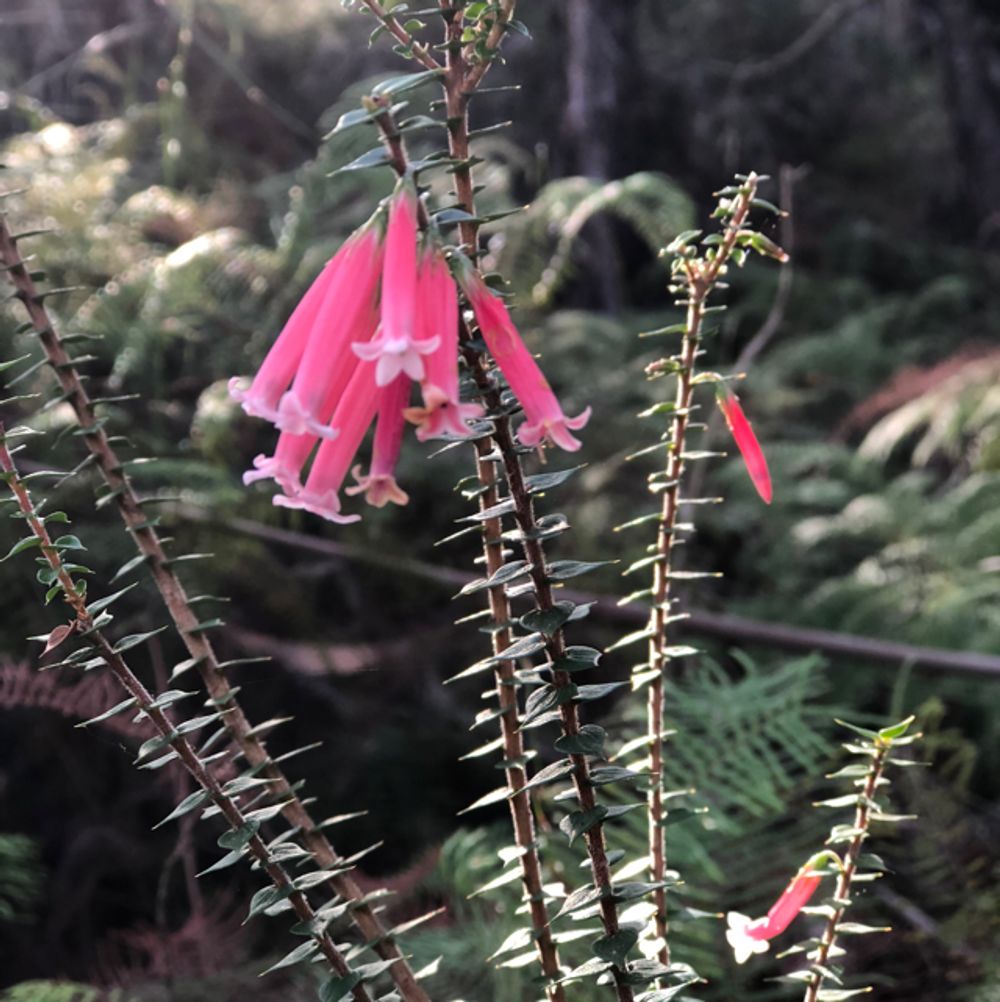Common heath
(Epacris impressa)

Description
Epacris impressa, also known as common heath, is a plant of the heath family, Ericaceae, that is native to southeast Australia (the states of Victoria, Tasmania, South Australia and New South Wales). French botanist Jacques Labillardière collected the species in 1793 and described it in 1805. Four forms have been identified, but no subspecies are recognised. Growing in heathland, shrubland or open forest, it is generally a small shrub around 0.5 to 1 m (1 ft 8 in to 3 ft 3 in) tall, with small stiff leaves. The red, pink or white tube-like flowers appear from late autumn to early spring. Honeyeaters, particularly the eastern spinebill, feed upon the nectar of the flowers. It regenerates after bushfire by seed or by resprouting. A highly regarded garden plant, the common heath was first cultivated in England in 1825; over seventy named cultivars have been developed, most of which have now vanished. A pink-flowered form, often referred to as "pink heath", is the floral emblem of the state of Victoria. Epacris impressa has proven a difficult plant to propagate reliably, which has limited its use in horticulture and revegetation. It grows best in well-drained but moist soil in a semishaded position.
Taxonomic tree:







